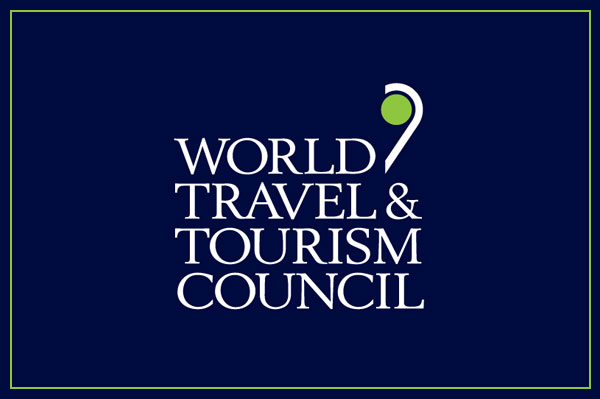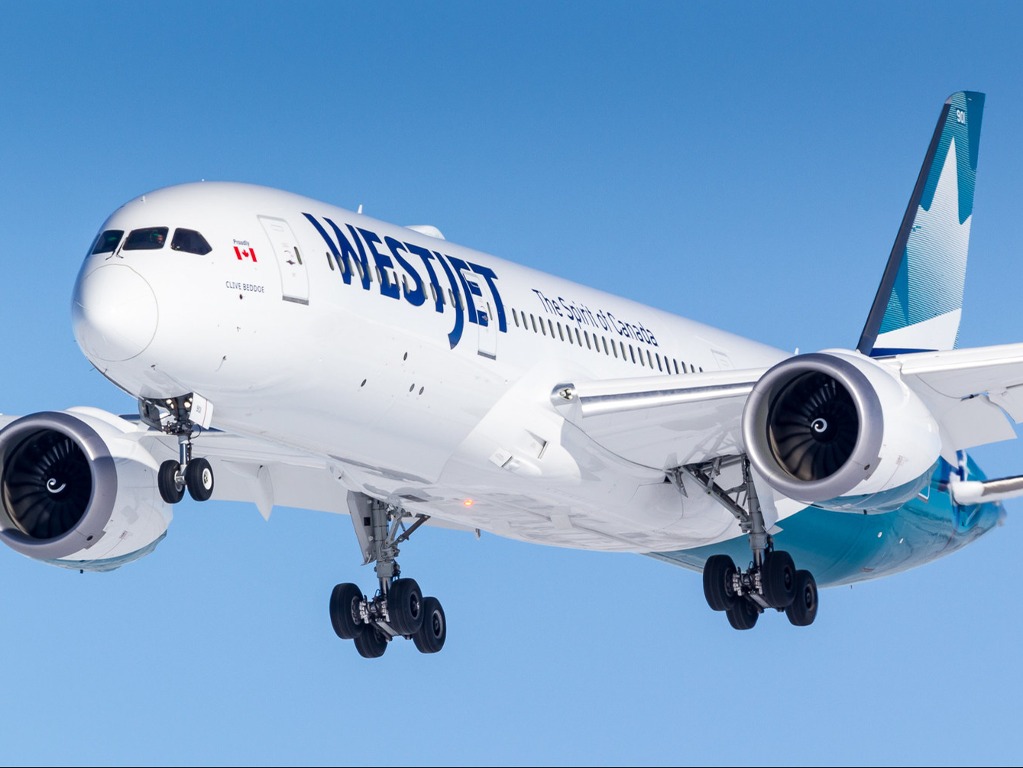WTTC Safe Travels Stamp Hits 100

The World Travel & Tourism Council (WTTC) reports that three months after its launch, 100 destinations are now using its ‘Safe Travels’ stamp, with the Philippines becoming the official 100th destination.
Launched earlier this year, the WTTC’s Safe Travels stamp is the world’s first ever global safety and hygiene stamp.
It was developed in order to help restore confidence in travellers and work to revive an ailing travel and tourism sector and is now also being used by many more major holiday destinations such as the Maldives, Bermuda, Namibia, Uganda and Montenegro.
The specially designed stamp enables travellers to recognize destinations around the world which have adopted health and hygiene global standardized protocols – so they can experience ‘Safe Travels’.
This landmark move by WTTC also received the backing of the United Nations World Tourism Organization (UNWTO).
The launch of global protocols to recover the Travel & Tourism sector have been embraced by over 200 CEO’s including some of the world’s major tourism groups.
Gloria Guevara, WTTC President & CEO, said: “We are delighted to see our innovative initiative is proving such a great success and is being used by destinations from all corners of the globe.”
She continued: “The 100 destinations which now proudly use the stamp are working together to help rebuild consumer confidence worldwide. We welcome the Philippines, an incredible destination and home to some of the world’s most beautiful islands, as our 100th destination, as well as other popular destinations around the globe such as Turkey, Egypt, Indonesia and Kenya.”
Guevara points out that: “As the stamp continues to gain in popularity, travellers will more easily be able to recognise the destinations worldwide which have adopted the new set of global protocols, encouraging the return of ‘Safe Travels’ around the world.”
And she adds that: “The success of the Safe Travels stamp shows its importance not only to countries and destinations, but also to travellers and the 330 million people around the world who work in and depend on a thriving the travel and tourism sector.”


